Australia's housing landscape is at a pivotal juncture, with smart homes emerging as a revolutionary trend poised to redefine traditional housing. The integration of technology into residential spaces is not just a futuristic concept but an imminent reality, promising enhanced convenience, energy efficiency, and safety. For those in the aged care sector, the implications are profound, offering opportunities to improve the quality of life for the elderly. But what does this shift mean for Australia's housing market, and how can industry stakeholders navigate this transition? Let's delve into the intricacies of smart homes versus traditional homes in Australia and explore the future trajectory of housing in this vibrant nation.
The Rise of Smart Homes: A New Era in Australian Housing
Smart homes are equipped with advanced automation systems that control lighting, climate, entertainment systems, and appliances, often through a central hub or smartphone app. This technology is not only about luxury but is increasingly seen as essential for modern living. A report by IBISWorld highlights that the smart home market in Australia is expected to grow by 14.5% annually, reaching a market size of AUD 3.2 billion by 2025. This growth is driven by factors such as increased consumer awareness, advancements in IoT (Internet of Things), and the rising demand for energy-efficient solutions.
Case Study: The Smart Home Revolution in Melbourne
In Melbourne, a traditional family home was transformed into a smart home, integrating systems that manage energy consumption, security, and daily tasks with ease. This transformation led to a 30% reduction in energy bills and increased the home’s market value by 20%. The project utilized local tech startups, showcasing the potential for Australian innovation in this sector.
Why Smart Homes Matter for Aged Care
For aged care specialists, the advent of smart homes presents unique opportunities to enhance elderly care. Smart homes can be equipped with health monitoring devices, fall detection systems, and emergency response features, allowing elderly residents to live independently with peace of mind. According to a study by the University of Sydney, implementing smart technology in aged care can reduce emergency hospital admissions by up to 40%.
Real-World Application: Smart Homes in Aged Care Facilities
An aged care facility in Brisbane integrated smart home technology to monitor residents' health and safety. This implementation resulted in a 50% decrease in incidents requiring medical intervention, demonstrating the potential of smart homes to improve care quality and resident satisfaction.
Traditional Homes: The Backbone of Australian Housing
Despite the rise of smart homes, traditional homes remain a staple of the Australian housing market. Characterized by their timeless architecture and enduring appeal, these homes continue to attract buyers who value stability and nostalgia. However, the challenge lies in balancing these traditional values with modern needs, especially in a rapidly advancing technological landscape.
Case Study: Preserving Tradition in Sydney
A heritage-listed property in Sydney underwent renovation to include smart home features while preserving its historic charm. This project achieved a 25% increase in property value, demonstrating that smart technology can be harmoniously integrated into traditional homes without compromising their aesthetic and cultural significance.
Pros and Cons: Smart Homes vs. Traditional Homes
Pros of Smart Homes:
- Energy Efficiency: Smart systems optimize energy use, reducing utility bills and carbon footprint.
- Enhanced Security: Advanced security systems offer real-time monitoring and alerts.
- Convenience: Automation simplifies daily tasks, improving quality of life.
Cons of Smart Homes:
- High Initial Costs: The installation of smart systems can be expensive.
- Privacy Concerns: Data security and privacy remain significant concerns for users.
- Technical Issues: Reliance on technology can lead to disruptions during system failures.
Pros of Traditional Homes:
- Nostalgia and Character: Traditional homes offer unique architectural styles and history.
- Lower Initial Costs: Generally more affordable than fully equipped smart homes.
- Established Market: A steady demand for traditional homes ensures stable investment returns.
Cons of Traditional Homes:
- Higher Maintenance Costs: Older homes often require more frequent repairs and updates.
- Limited Energy Efficiency: Traditional homes may not benefit from modern energy-saving technologies.
- Reduced Convenience: Lack of automation can make daily tasks more labor-intensive.
Economic and Policy Insights
The Australian economy plays a crucial role in shaping the housing market. The Reserve Bank of Australia (RBA) has noted that interest rates will remain a key factor influencing housing affordability and investment decisions. Moreover, government initiatives, such as the National Construction Code, encourage sustainable building practices, driving the adoption of smart technologies in new constructions.
The Australian Competition & Consumer Commission (ACCC) also emphasizes the importance of consumer protection in the smart home market, ensuring that products meet safety and privacy standards. These regulatory frameworks are essential in fostering a safe and competitive environment for both consumers and businesses.
Future Trends and Predictions
Looking ahead, the integration of artificial intelligence (AI) and machine learning into smart home systems is expected to revolutionize the housing market further. By 2030, AI-driven homes will likely manage entire living environments autonomously, providing tailored experiences for residents. This shift will enhance the value proposition of smart homes, making them more attractive to a broader demographic, including the aged care sector.
Moreover, as sustainability becomes increasingly critical, smart homes will play a pivotal role in achieving Australia's environmental targets. The Commonwealth Scientific and Industrial Research Organisation (CSIRO) predicts that by 2030, 50% of Australia's energy will be derived from renewable sources, with smart homes at the forefront of this transition.
Conclusion and Call to Action
In conclusion, the Australian housing market is poised for transformative change, with smart homes leading the charge. For aged care specialists and industry stakeholders, this presents an opportunity to innovate and improve the quality of life for residents. By embracing smart technology, we can create homes that are not only more efficient and secure but also responsive to the evolving needs of society.
If you're an aged care specialist or industry professional, it's time to consider how smart home technology can enhance your services. Stay informed on the latest developments by subscribing to our newsletter and joining the conversation on LinkedIn. Share your thoughts and experiences with smart homes in the comments below!
People Also Ask (FAQ)
- How do smart homes impact elderly care in Australia? Smart homes enhance elderly care by offering health monitoring, fall detection, and emergency response systems, significantly improving safety and independence.
- What are the economic benefits of smart homes? Smart homes reduce energy consumption, lower utility bills, and increase property values, offering long-term financial advantages for homeowners.
- Are there privacy concerns with smart homes? Yes, privacy concerns exist, but regulatory frameworks like those from the ACCC ensure products meet safety and privacy standards, protecting consumers.
Related Search Queries
- Smart home technology in Australia
- Future of housing in Australia
- Benefits of smart homes for elderly
- Traditional vs. smart homes
- Home automation systems Australia
- Impact of smart homes on energy efficiency
- Smart home market growth in Australia
- Privacy concerns with smart homes
- Smart homes for aged care in Australia
- Government policies on smart homes in Australia
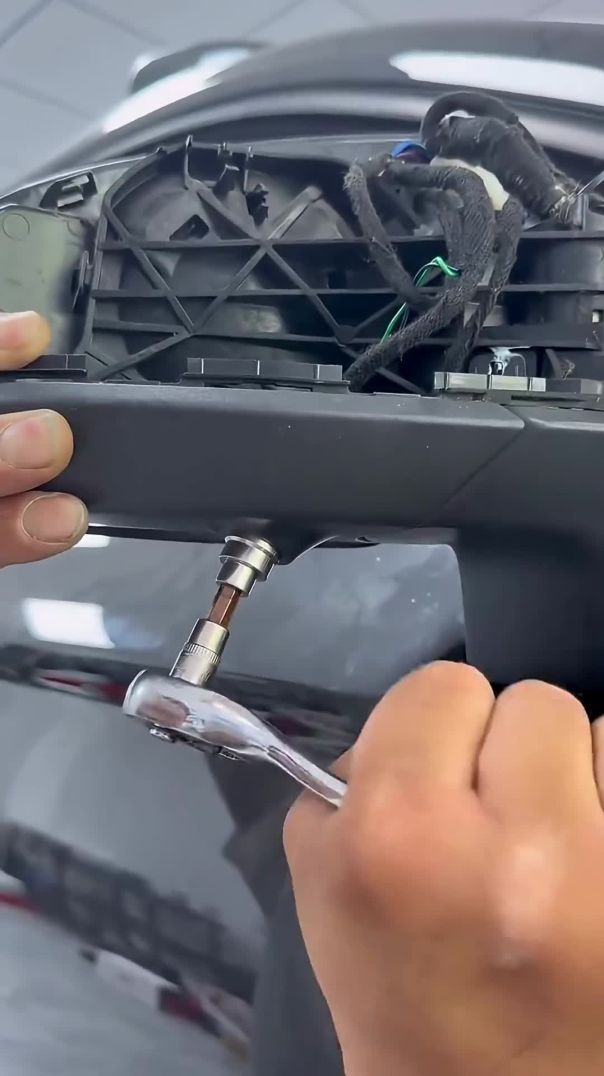

![Discover the Magic of [13280] | Explore [13281] & [1765] in Depth](https://s3.ap-southeast-2.wasabisys.com/cdn.vidude.com/upload/photos/2025/02/0616335bef4c539e747fac49d485658f199c41f7iaqA4QYQgIega6oB8Av9.video_thumb_9085_7.5.jpeg)


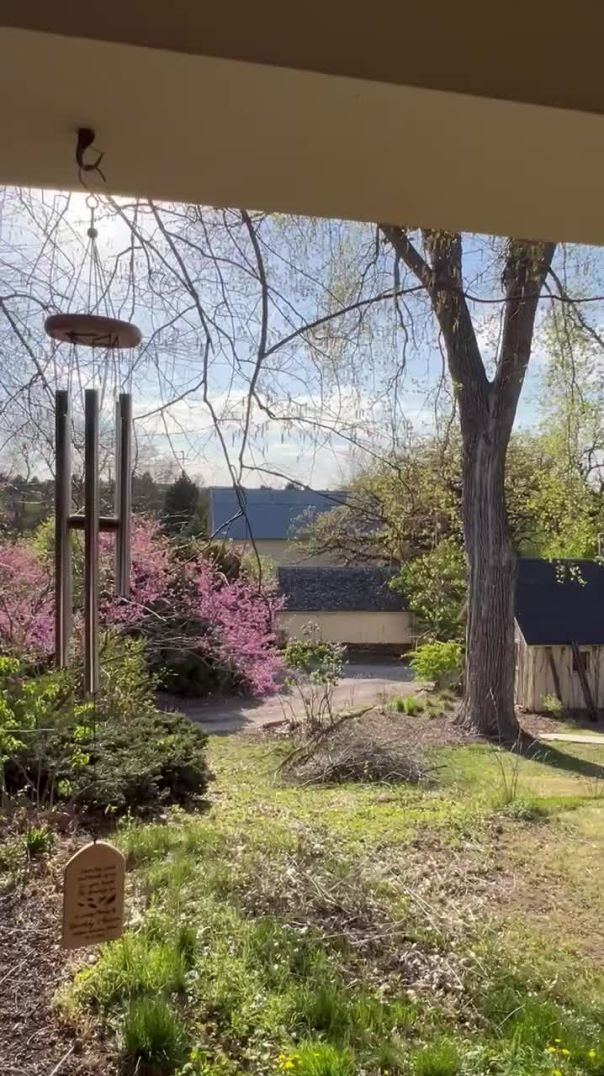
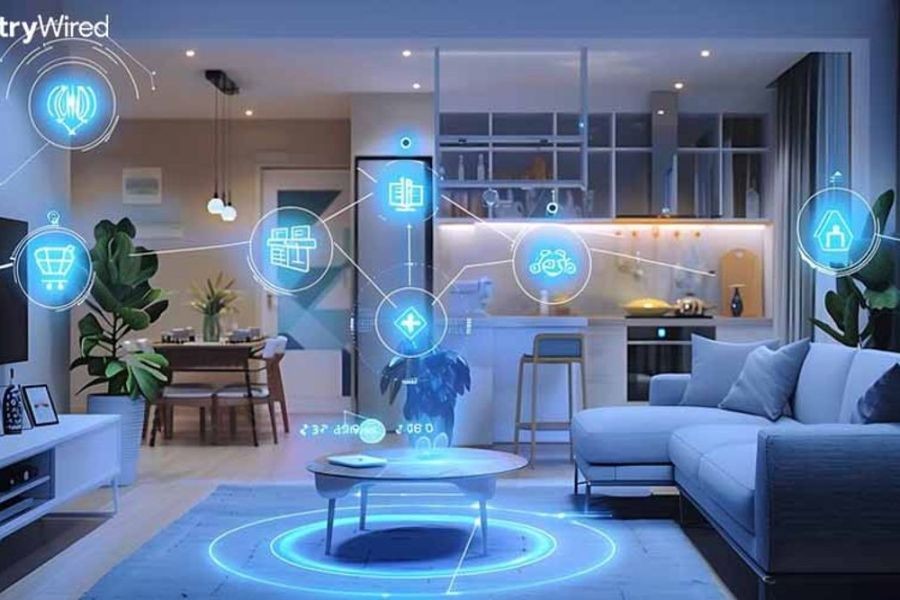

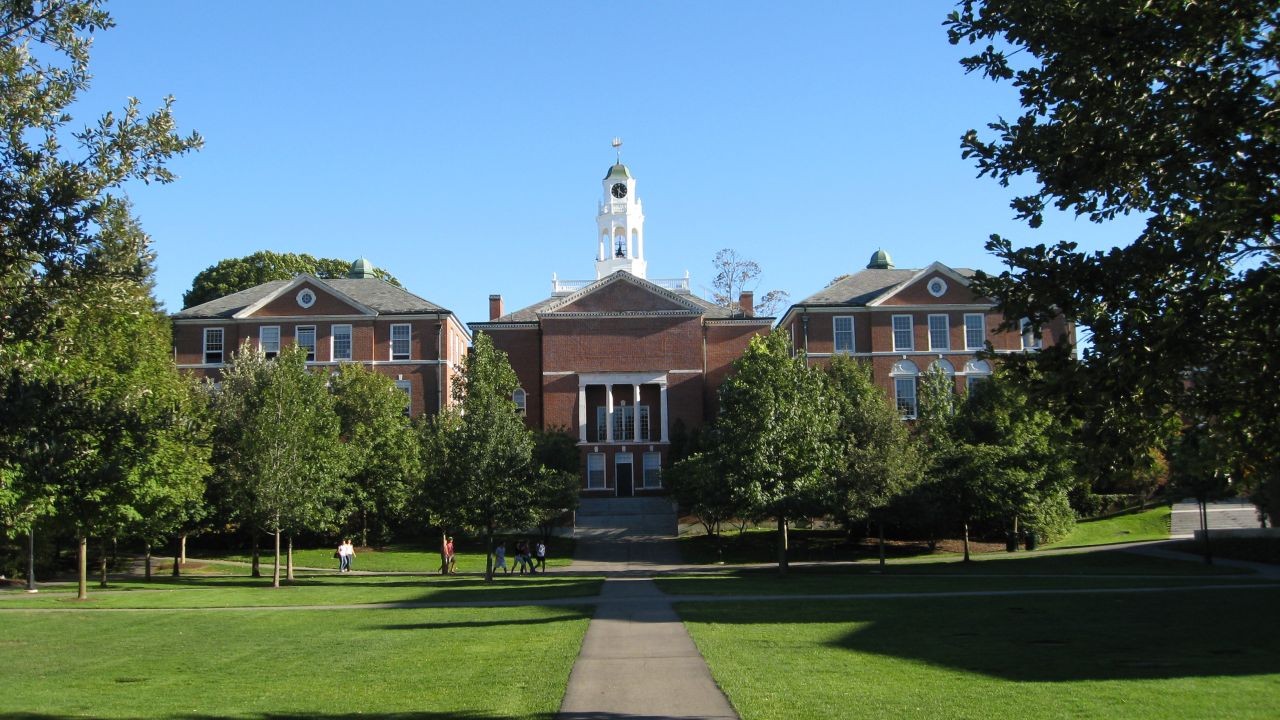
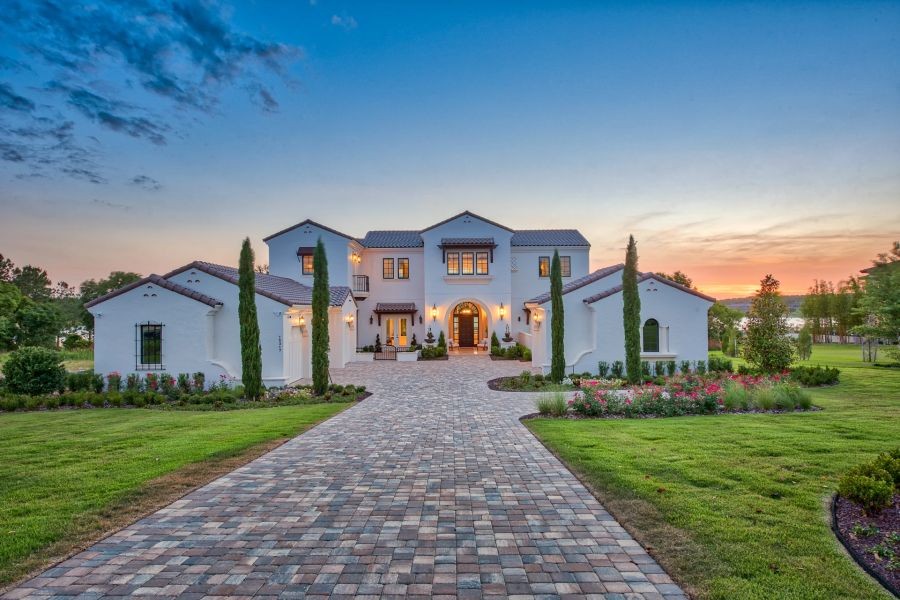
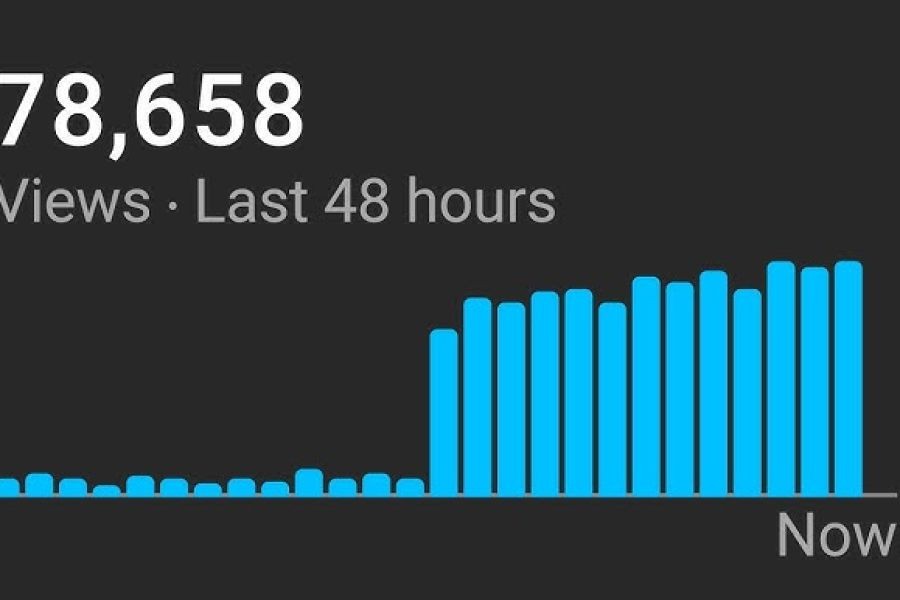
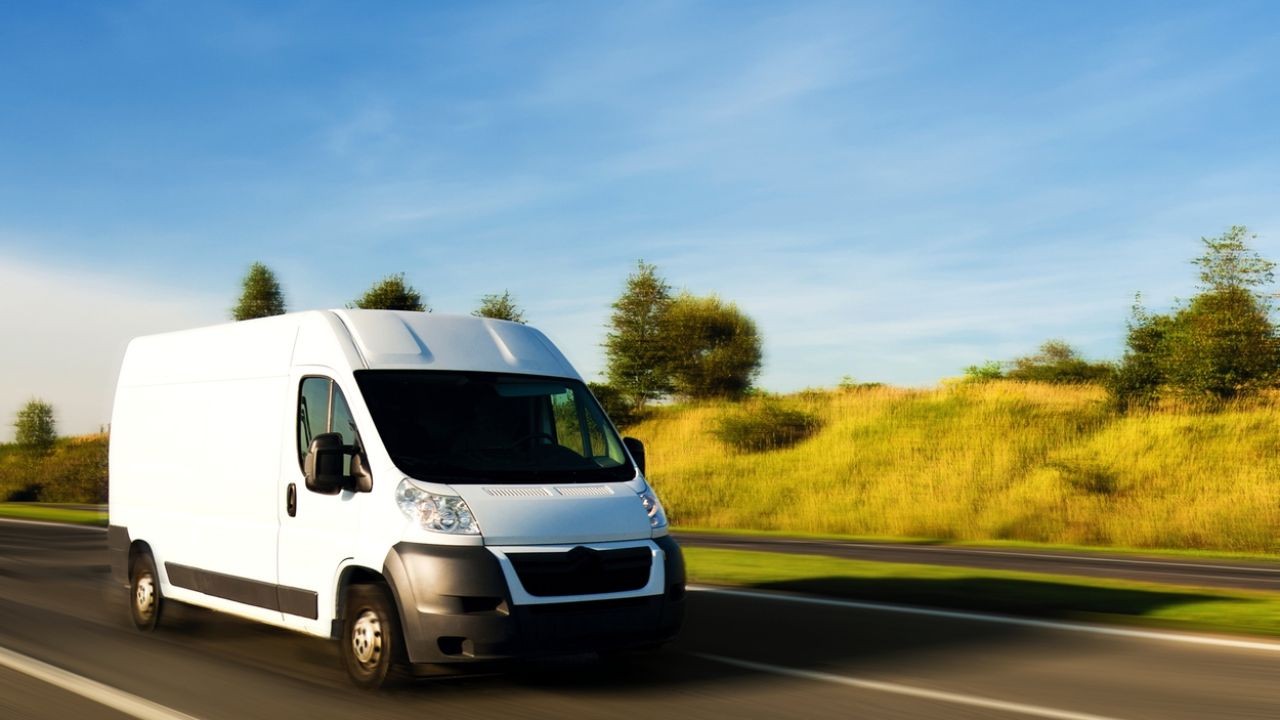







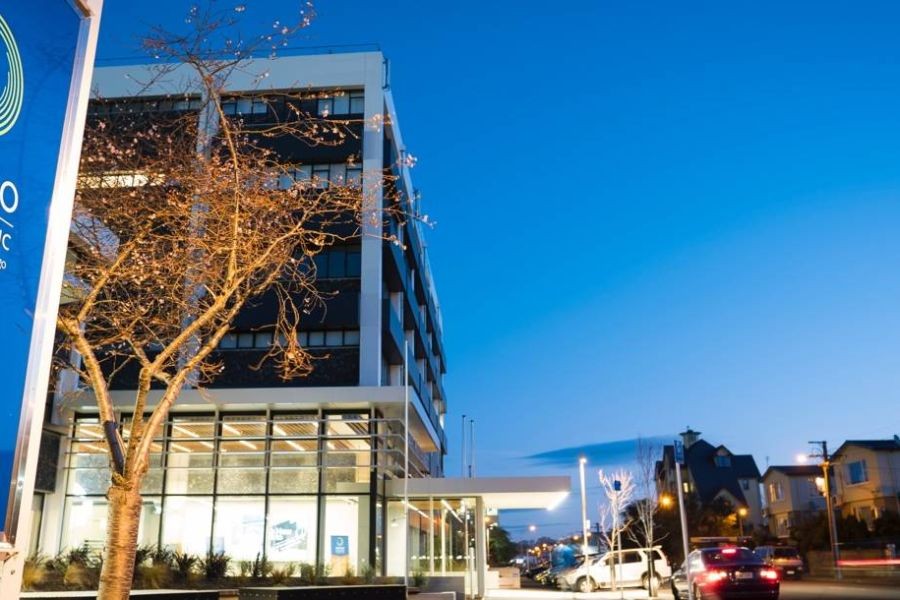

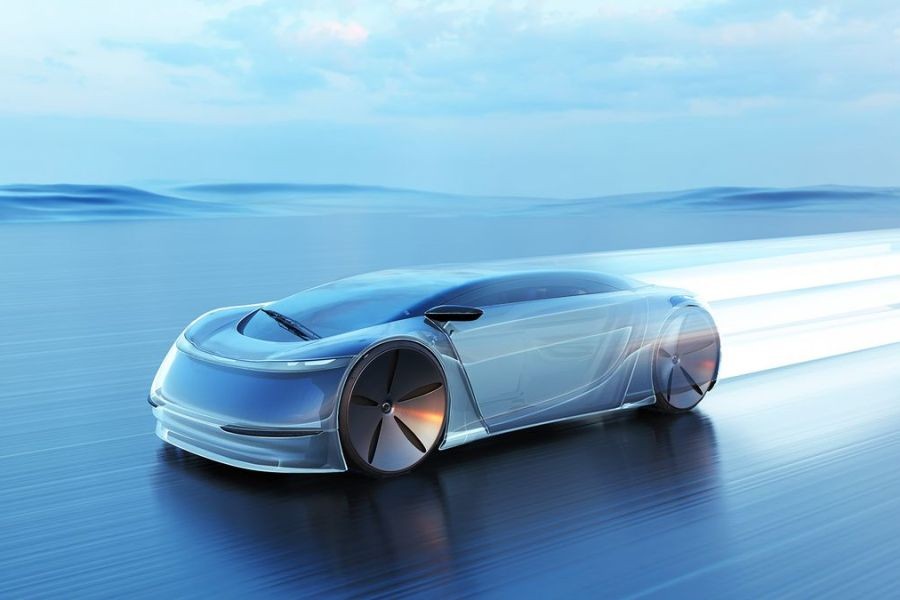
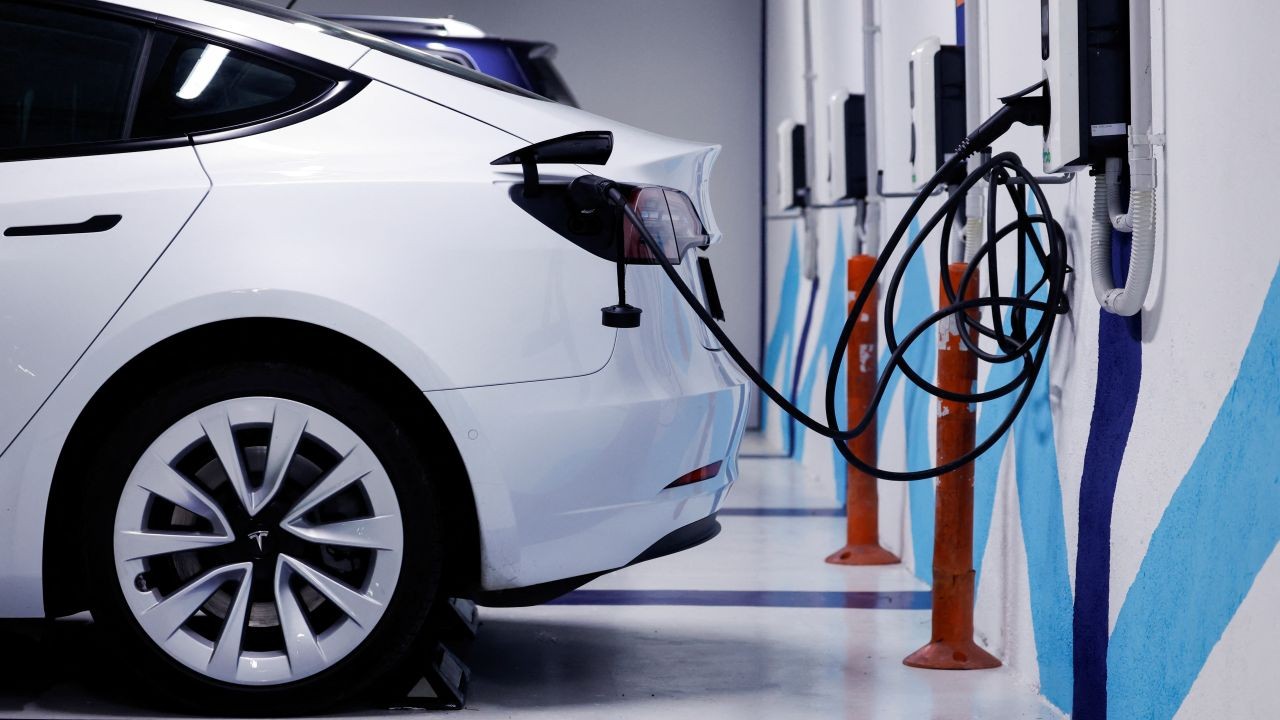



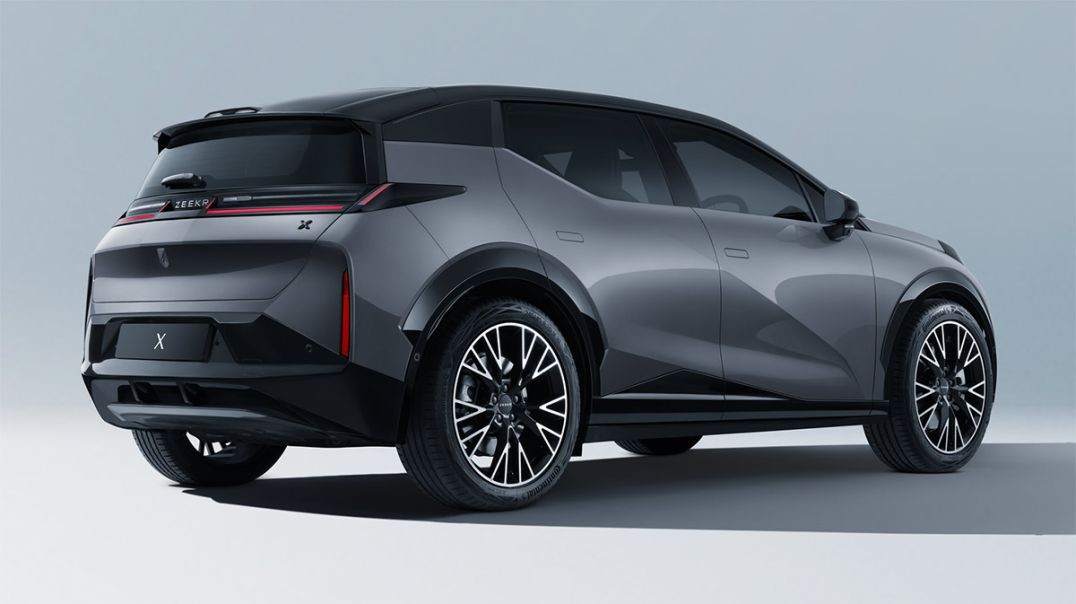

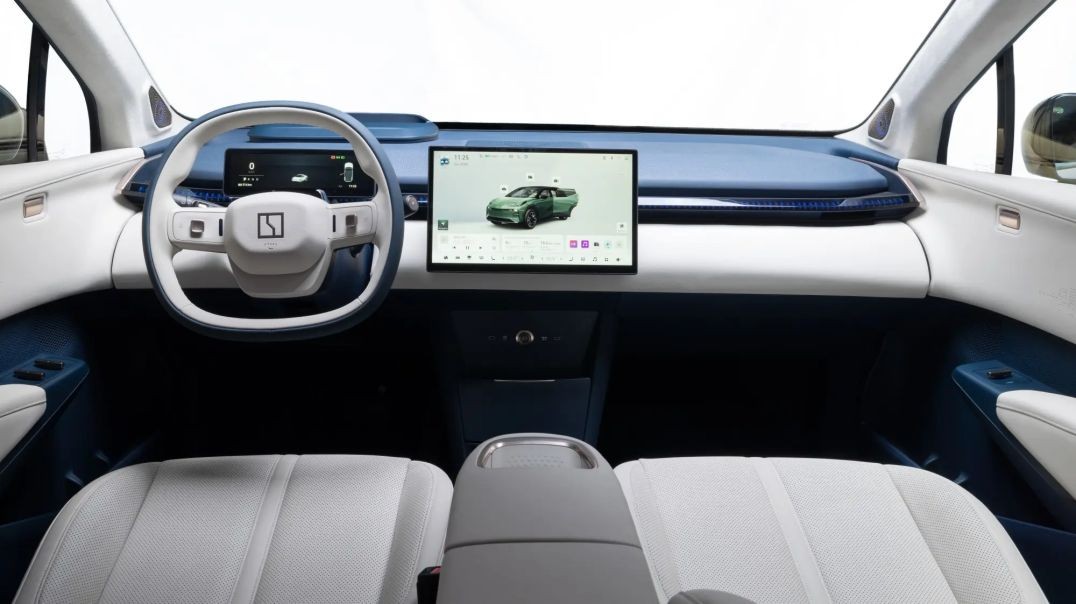

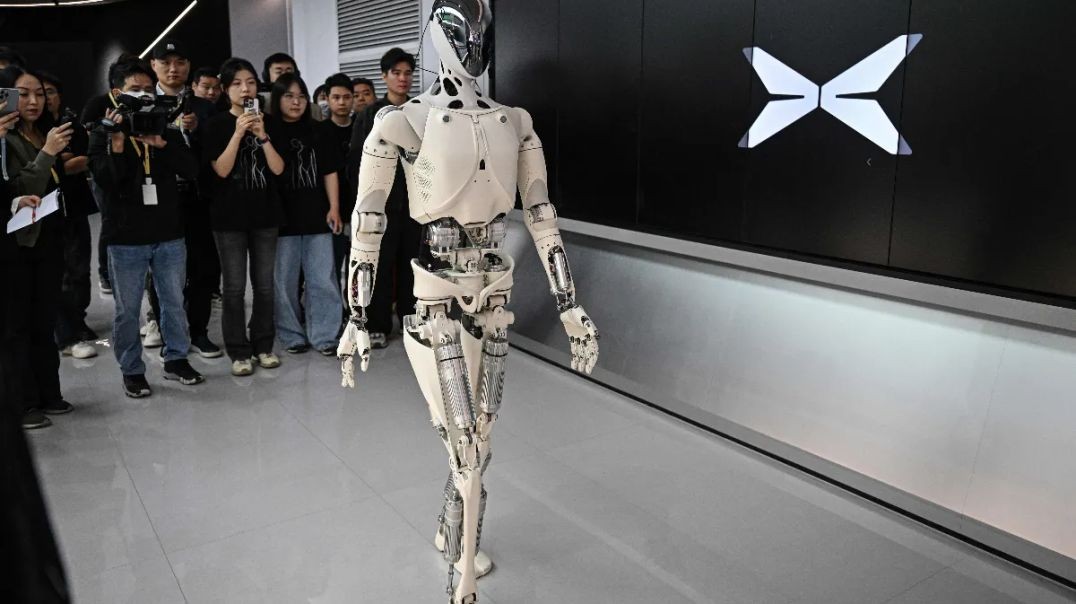
gregorymiddlet
7 months ago